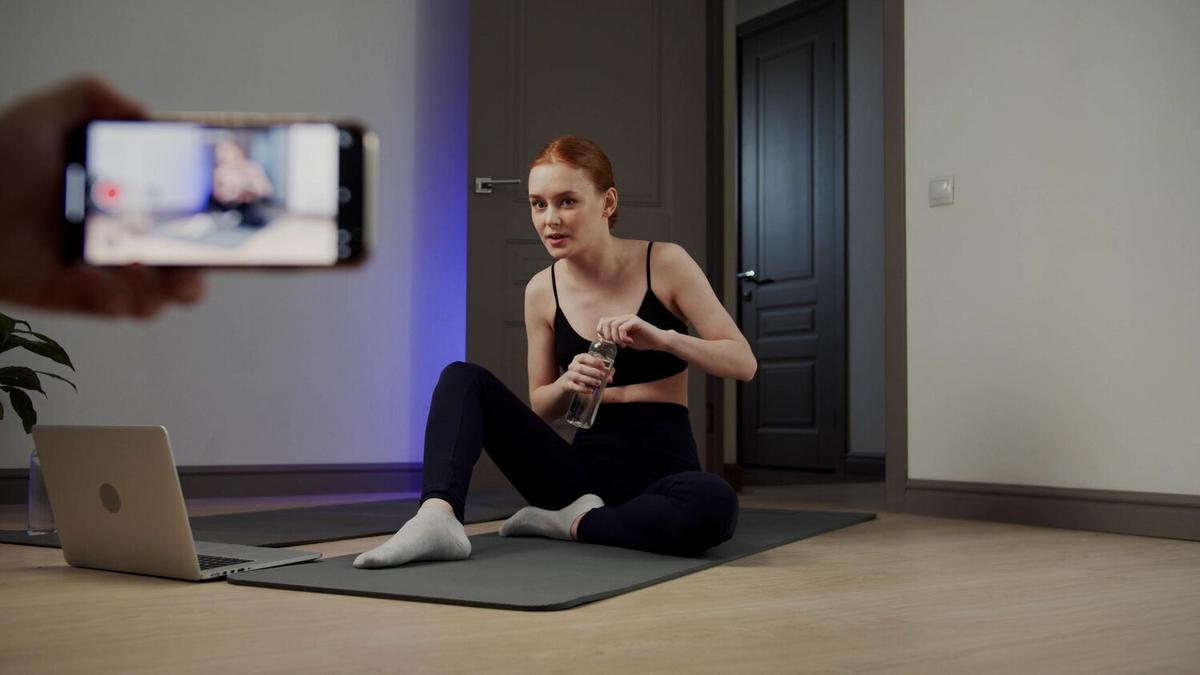
Fitness Apps: Personalized Workouts at Your Fingertips
With the rise of technology, fitness apps have become an essential part of modern wellness routines, offering personalized workouts right at our fingertips.
Fitness apps have revolutionized how we approach exercise, providing customized workout plans that cater to individual needs. These digital tools allow users to tailor their fitness journey, offering the flexibility to work out anytime, anywhere.
The Rise of Fitness Technology
As fitness technology evolves, apps have become a cornerstone for many looking to improve their health. According to a report by Statista, the global fitness app market is projected to reach over $10 billion by 2027. This surge is driven by the demand for personalized and convenient workout solutions that fit into busy lifestyles.
Expert Insights
Fitness expert Alex Johnson notes, “The ability to have a virtual trainer in your pocket is a game-changer for maintaining consistency and motivation.” Apps have democratized access to expert guidance, making it easier for individuals to achieve their fitness goals.
Features That Stand Out
- Customization: Users can input their fitness level and goals to receive tailored workout plans.
- Variety: From yoga to high-intensity interval training, apps offer diverse workout options.
- Progress Tracking: Many apps provide metrics and analytics to monitor progress and adjust plans accordingly.
- Community Support: Some apps feature social platforms for sharing achievements and seeking encouragement.
Real-Life Success Stories
Take Mike, who transformed his fitness journey using a popular app. Initially hesitant about gym settings, Mike found comfort in guided home workouts. “The app’s structured plans and motivational tips kept me on track,” he shares.
Choosing the Right App
When selecting a fitness app, consider your specific needs and preferences. Look for apps with trial periods to explore features before committing.
Table of Popular Fitness Apps
| App Name | Features | Price Range |
|---|---|---|
| FitTrack | Custom workouts, progress tracking | Free – $9.99/month |
| YogaFlex | Yoga routines, meditation guides | Free – $7.99/month |
| HIITPro | High-intensity interval training | Free – $12.99/month |
| RunMate | Running plans, pace tracking | Free – $5.99/month |
| StrengthBuilder | Strength training programs | Free – $8.99/month |
| PilatesPal | Pilates exercises, flexibility training | Free – $6.99/month |
| CardioKing | Cardio exercises, heart rate monitoring | Free – $10.99/month |
| MindfulMoves | Meditation, stress relief techniques | Free – $4.99/month |
Frequently Asked Questions
Are fitness apps effective for beginners?
Yes, fitness apps can be particularly helpful for beginners by providing guidance and structured plans to develop good habits.
Can I use fitness apps without equipment?
Absolutely. Many apps offer bodyweight exercises and routines that require no equipment.
Do I need a subscription for all fitness apps?
While many apps offer free versions, some premium features may require a subscription.
Conclusion
Fitness apps offer a personalized approach to health and wellness, making it easier than ever to achieve your fitness goals. With the wealth of options available, there’s an app suited for everyone, whether you’re a beginner or an advanced athlete. Embrace technology to enhance your fitness journey and enjoy the flexibility and accessibility that fitness apps provide.


